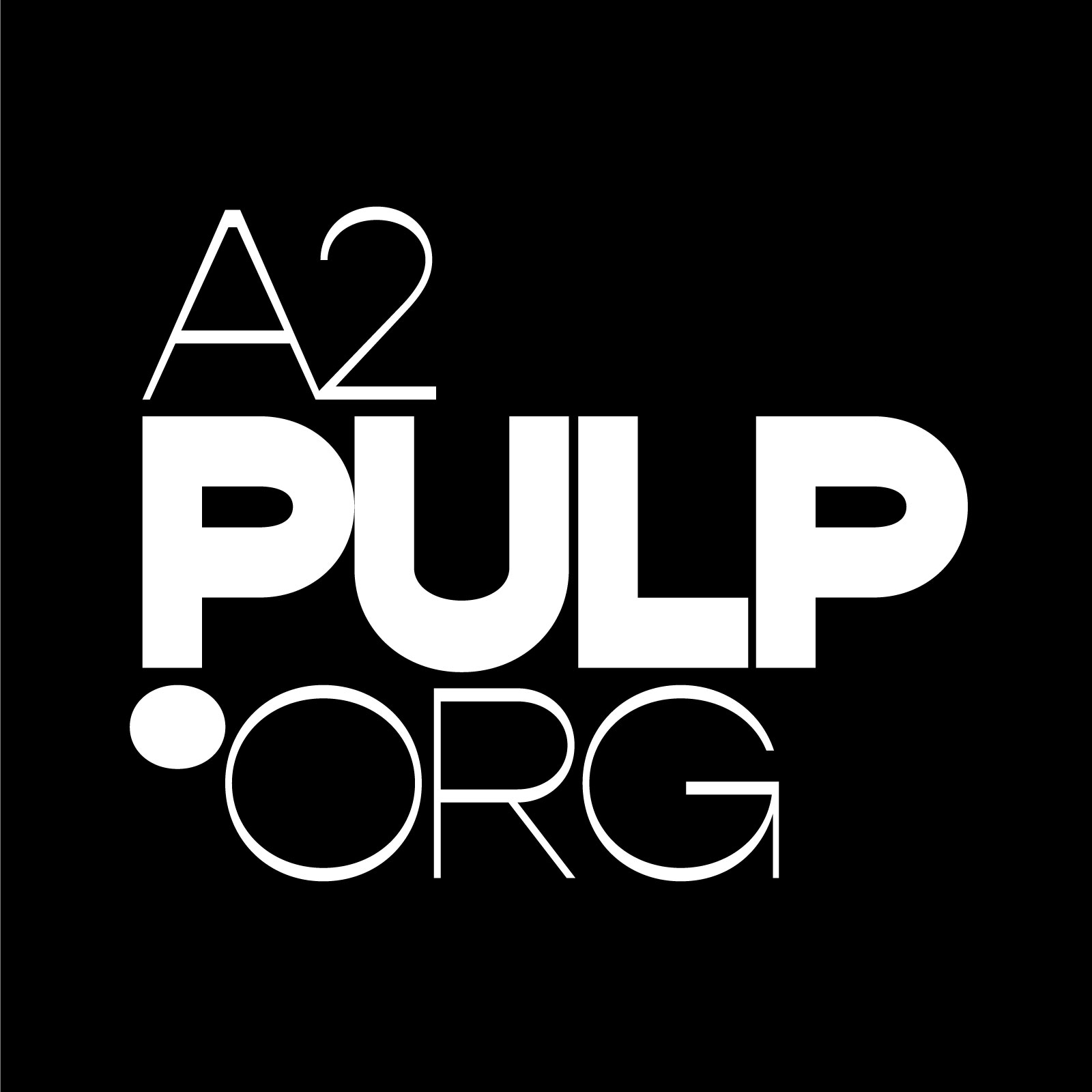U-M Goes Nuclear: The Michigan Memorial Phoenix Project
(Michigan Daily, January 15, 1947)
Origins: From J-Hop Raffle to Functional Memorial
It was December 1946 -- just over a year after the end of World War II -- and University of Michigan students were excited to bring back the highly popular Junior Hop (J-Hop), a glittering three-day student formal started by fraternities in the 1860s that included dancing, morning-after breakfasts, hayrides, and house parties. This year's lineup featured big band leader and saxophonist Jimmie Lunceford, and former star trumpeter with the Tommy Dorsey Orchestra, Ziggy Ellman. However, many students were concerned that such frivolity clashed with the tenor of a world so recently ravaged by war. As a result, the J-Hop Committee persuaded the Student Legislature to turn its traditional J-Hop raffle into a fundraiser for a living memorial, and a student committee urged the University regents to adopt a resolution to pursue the idea of such a functional memorial.
Functional - or living - memorials were becoming increasingly popular after World War II as a more palatable alternative to the traditional statue or obelisk associated with memorials of earlier generations. The J-Hop committee’s initial idea was to build a chapel or recreation building in the Arboretum.
By January 1947, there was considerable enthusiasm for the project -- especially among the burgeoning World War II student veterans taking advantage of the G.I. Bill (of the 18,000 U-M students at the time, 12,000 were WWII veterans) -- and this prompted the creation of a significantly larger joint student-faculty-alumni fundraiser and the J-Hop raffle funds were turned over to this effort. An executive committee was formed that included a central committee of all student organizations; a sub-committee of the student legislature; and a faculty-alumni advisory group.
Thus began the University’s first major fundraising effort to date.
On May 17, 1948, the Michigan Daily published a full page dedicated to the memorial project.
The Board of Regents unanimously approved this yet-to-be-named project upon the recommendation of U-M President Alexander Ruthven. Ralph Sawyer, Dean of the Rackham Graduate School, took up the initiative by appointing a War Memorial Committee. Among this committee's members were three WWII veterans: Arthur DerDerian, an aviation cadet; Arthur Rude, a first lieutenant in the Army; and E. Virginia Smith, a nurse in the Pacific Theater.
Harnessing Atomic Energy for the Greater Good
But what would this memorial look like and how would it function? What would it be called?
War Memorial Committee chair and Dean of Students, Erich A. Walter, approached several friends and former alumni. The University also sent letters to world leaders, authors, and stars -- figures such as Winston Churchill, Bertrand Russell, C. S. Lewis, E. B. White, and Orson Welles -- seeking advice and input.
But it was Fred Smith, a 39-year-old U-M alumnus and New York publishing executive, whose proposal for the memorial most engaged U-M’s student body and administrative leadership. His idea? To harness the power of the atom for the greater good. He wrote, “As vital to the future of mankind as the continuation of religion; and the devotion of the people involved in it should be no less unstinted... We have named the memorial The Phoenix Project because the whole concept is one of giving birth to a new enlightenment, a conversion of ashes into life and beauty.”
The Michigan Memorial Phoenix Project (MMPP) would be "a living, continuous memorial" - a unique endeavor dedicated to exploring ways that the atom could aid mankind rather than destroy it. The MMPP was created by action of the U-M Board of Regents on May 1, 1948, and in his Memorial Day address that year, U-M President Alexander Ruthven called it “A memorial that would eliminate future war memorials.”
The idealism was matched only by its danger: To bring such a destructive force to a college campus with the intent of harnessing its power for the benefit of mankind was a radical idea requiring a radical approach.
"The most important undertaking in our University's history."
Phoenix Memorial Local Committee, May 1950 (Photo by Eck Stanger, Ann Arbor News.)
Under the leadership of National Executive Chairman Chester Lang, the Phoenix Campaign grew into a national effort that would be the first significant fundraising campaign initiated by the University -- at the time "the most important undertaking in our University's history," according to Ruthven. The Michigan Memorial Phoenix Project Laboratory would eventually be funded by over 30,000 alumni and corporate donors. By 1953, the campaign raised $7.3 million for a research building and endowment eventually amounting to over $20 million.
The project would mark many firsts:
* The first fundraising effort in U-M history
* The first set of laboratory buildings on the new U-M North Campus
* The first university in the world to explore the peaceful uses of atomic energy
* And it would initiate the U-M’s new Department of Nuclear Engineering and Radiological Sciences, the first such university program in the world
“M Glow Blue!” Henry Ford Donates a Nuclear Reactor
The Ford Motor Company alone donated $1 million to build the Ford Nuclear Reactor (FNR) as part of the Laboratory.
Ford Letter acknowledging the donation of a nuclear reactor (Bentley Historical Library Image Bank)
In February 1955, the Atomic Energy Commission (AEC) licensed the Ford Nuclear Reactor (FNR) and construction on the reactor began later that summer. The reactor would be built in a special unit at the north end of the Laboratory and it was the first reactor ever requested for construction by an agency other than the AEC. The FNR was dedicated on November 16, 1956, reaching its first critical mass on September 19, 1957, and level 1 megawatt on August 11, 1958. Eventually operating at two megawatts of power, the “icy blue glow” of the more than 55,000-gallon reactor pool inspired the motto of the reactor workers: “M-Glow Blue!”
Moreover, the Department of Energy would fabricate, transport, and dispose of the fuel at no cost to the University.
Professor Gomberg at the Phoenix Memorial Lab, August 1961 (Ann Arbor News)
U-M professor of electrical engineering Henry Gomberg was the first director of the Phoenix Project. And the College of Engineering was responsible for developing its instructional and research program. The FNR would operate 24 hours per day for the next 50 years.
Bubble Chambers and Mummies: Research at the Phoenix Laboratory
Schematic of Ford Nuclear Reactor (Bentley Historical Library Image Bank)
Research at the Laboratory took place across multiple disciplines, helping to fund studies on the applications of nuclear technology in fields as diverse as medicine, chemistry, physics, mineralogy, archeology, engineering, zoology, anthropology, and law. It saw uses for cancer treatment, bone grafts, medieval coins, and even an Egyptian mummy.
Former MMPP director David Wehe remembers, “I recall lively lunchroom discussions with engine researchers from GM and Ford discussing measurement techniques with the nuclear chemists inventing new diagnostic pharmaceuticals and archeologists testing the authenticity of ancient relics -- all of them working within the Phoenix Memorial Laboratory.”
Project highlights include Gamma ray sterilization; carbon-14 dating; radioactive iodine for cancer treatment and detection; gravitationally-induced quantum interference, as well as the bubble chamber design allowing rapid, easily interpreted photographs of rare atomic interactions that won Donald Glaser a 1960 Nobel Prize in Physics. The laboratory also included a greenhouse and saw foundational research on the effects of radiation on plant life.
Oppenheimer visits. (Michigan Daily, Feb 9, 1962)
The FNR was also used to train utility workers in nuclear instrumentation and reactor operation and was visited over the years by world leaders and distinguished scientists such as Robert Oppenheimer and Hans Bethe. MMPP leadership was also instrumental in founding the International Cooperation Administration (ICA) arm of the AEC.
By June 1997, however, the Ford Nuclear Reactor Review Committee estimated the reactor was costing the university an average of $1 million a year and requested input from university departments, as well as organizations outside the university community, on continued use of the facility. Although many groups actively campaigned to keep the reactor operational, the decision was made to close it. The reactor took nearly a decade to dismantle and was officially decommissioned in 2003.
Rededicating the MMPP
After extensive renovations, the former Phoenix Memorial Laboratory in 2013 became the home of the U-M Energy Institute, which continued to support the Project’s unique memorial mission. In spring 2017, after a decade of dismantling the FNR and clearing the building of radiation, the building was rededicated as the Nuclear Engineering Laboratory with a focus on advancing nuclear security, nonproliferation, safety, and energy. In 2021, the Energy Institute was disbanded and the Nuclear Engineering and Radiological Sciences (NERS) program regained proprietorship. In April 2019, the department launched the Fastest Path to Zero Initiative, with the mission of “identifying, innovating, and pursuing the fastest path to zero emissions by optimizing clean energy deployment through energy innovation, interdisciplinary analysis, and evidence-driven approaches to community engagement.” The Fastest Path offices are now housed within the MMPP.
A rededication of the MMPP took place in 2022. The labs and offices are occupied by two groups: NERS and the Materials Research Institute (MRI).
According to former MMPP director David Wehe, “Today, the MMPP continues its legacy of honoring WWII veterans by providing seed funding to researchers seeking to harness the atom for the public good. While the building also serves other purposes now, the hall still echoes those exciting discoveries that came from the MMPP.”
Historical photos and articles about the Michigan Memorial Phoenix Project


































